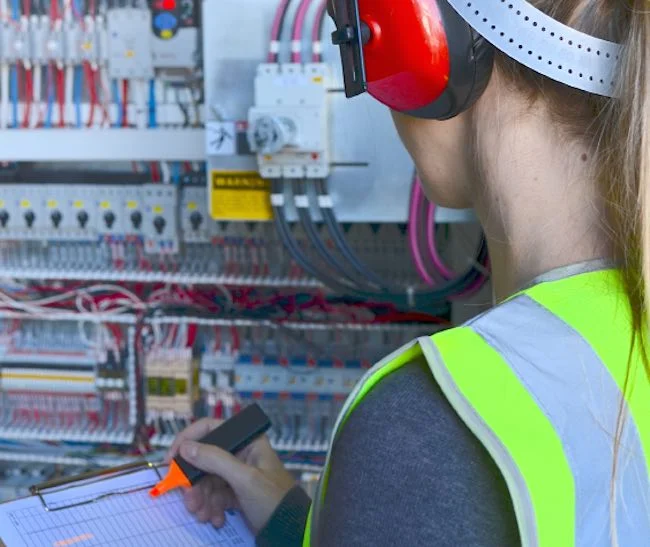Precision air conditioning systems are crucial in many industries, especially in environments such as laboratories, healthcare facilities, electronics manufacturing, and data centers. Maintaining stable temperature and humidity levels is essential for the maintenance and operation of equipment and processes.

These systems utilize specially designed dehumidifiers to remove excess moisture from the air. Subsequently, the dry air is cooled to the desired temperature using cooling coils. Controlled temperature and humidity levels are maintained by sensors, which trigger adjustments in the system as per changes detected. Its efficient and precise operation ensures optimal working conditions. In this article, we will delve into the humidification system of precision air conditioning systems and how they function.
1.Maintaining Appropriate Humidity Levels
In many applications, precision air conditioning systems must control not only temperature but also humidity. Humidity refers to the amount of water vapor in the air and is typically expressed as a percentage of relative humidity (RH). The primary task of the humidification system in precision air conditioning systems is to ensure that the relative humidity in the environment stays at an ideal level, usually between 30% and 60%.
2.Components of the Humidification System
The humidification system in precision air conditioning systems typically includes the following components:
- Water Source: Usually a water tank or reservoir that provides the necessary water supply.
- Humidifier: Utilizes various technologies such as ultrasonic or heaters to convert water into moisture.
- Controller: Monitors environmental humidity and controls the operation of the humidifier based on the set humidity level.
- Fan: Distributes moisture evenly throughout the space.
3.Operating Principle
The operating principle of the humidification system in precision air conditioning systems is as follows:
- Humidity Measurement: Firstly, the controller measures the relative humidity in the environment. This is typically done through sensors that can accurately monitor humidity levels.
- Comparison to Setpoint: The controller compares the measured humidity value to the preset target humidity value.
- Decision Making: Based on the difference in humidity, the controller decides whether to turn on or off the humidifier. If the environment is too dry, the controller will activate the humidifier to release moisture; if the humidity reaches the desired level, the humidifier will be turned off.
- Moisture Release: Once the decision to activate the humidifier is made, it begins to work by converting water into moisture or steam and releasing it into the air.
- Even Moisture Distribution: A fan disperses moisture evenly throughout the space to ensure that humidity remains uniform throughout the environment.
4. Importance of Humidification
Maintaining appropriate humidity is crucial in environments that require precision air conditioning. Low humidity levels can lead to electrostatic discharge, equipment damage, and health issues. Through the humidification system, precision air conditioning provides stable humidity, offering the necessary environmental conditions for various critical applications.
In summary, the humidification system in precision air conditioning systems is a critical component for maintaining the right humidity levels. It ensures that relative humidity in the environment remains at ideal levels by measuring, comparing, and adjusting humidity, providing essential environmental conditions for various critical applications.






